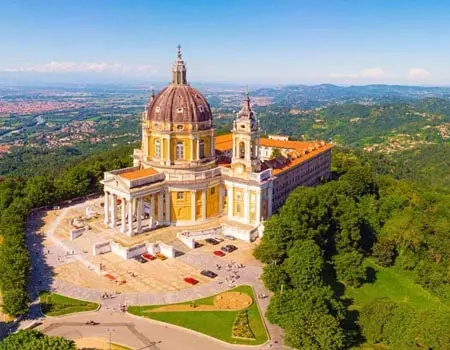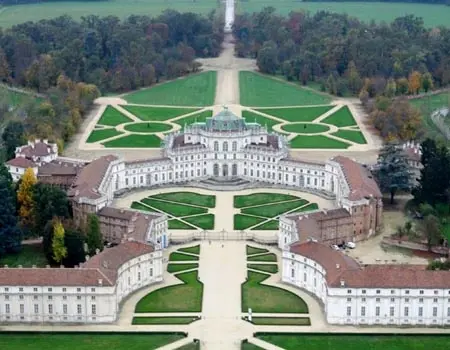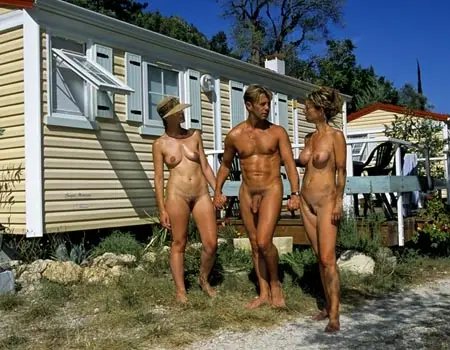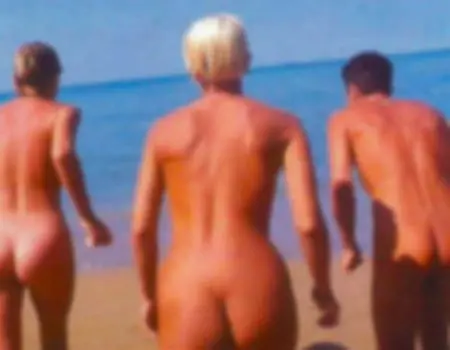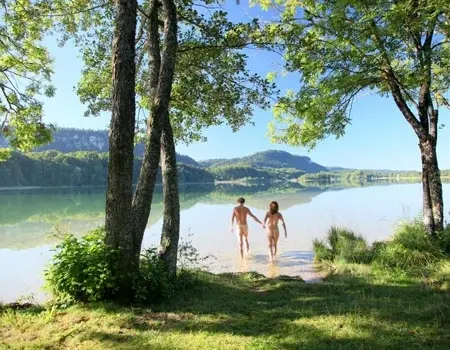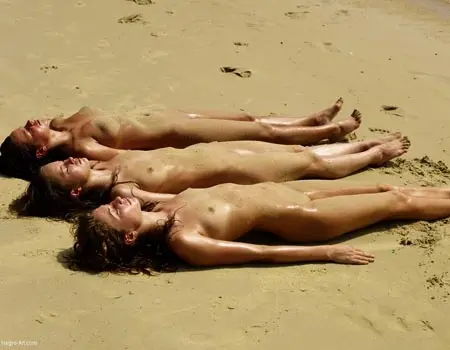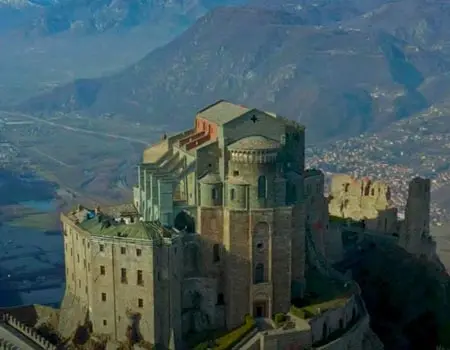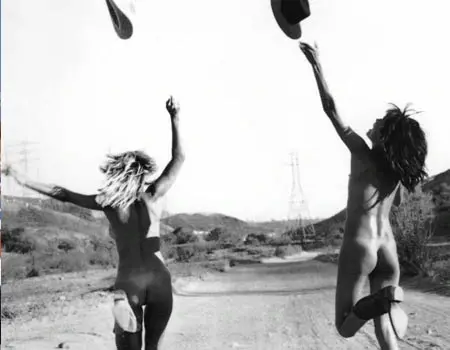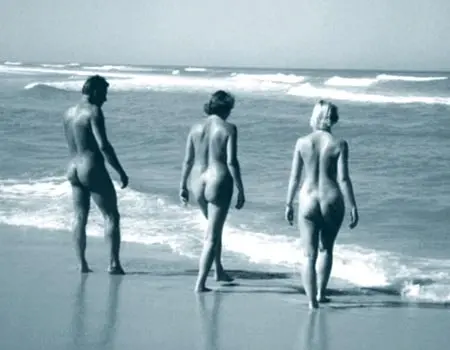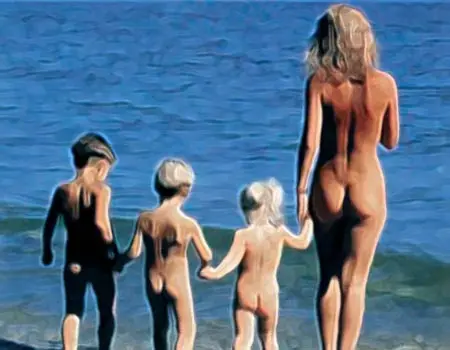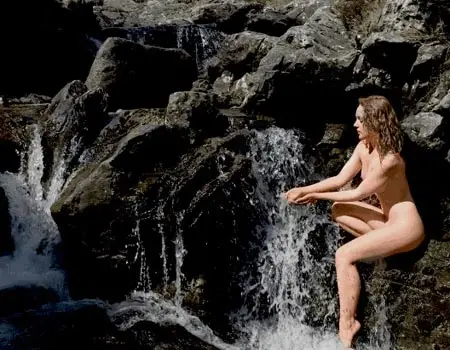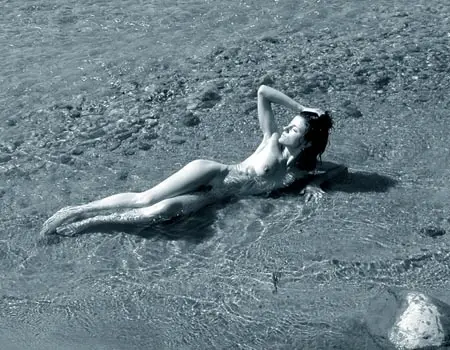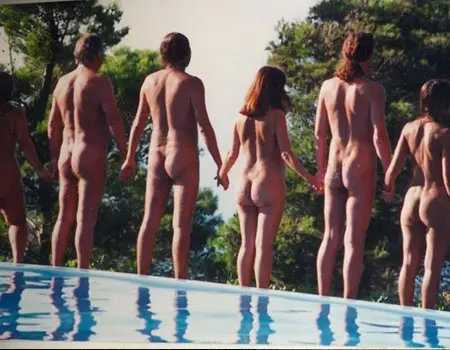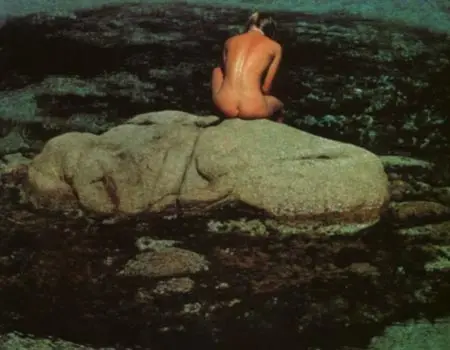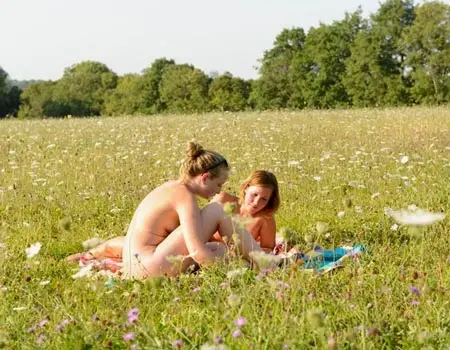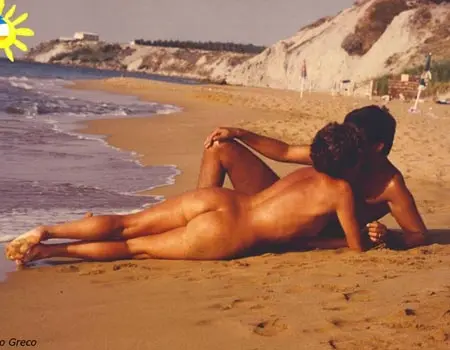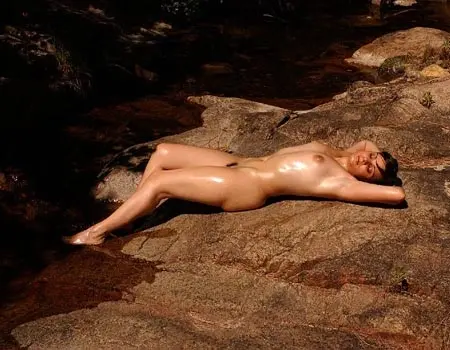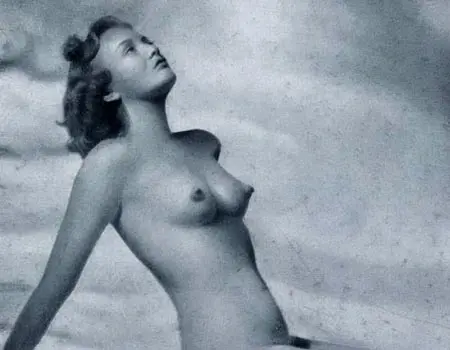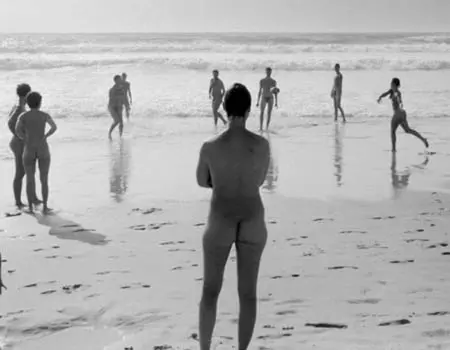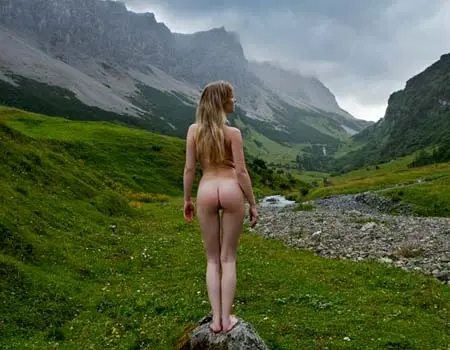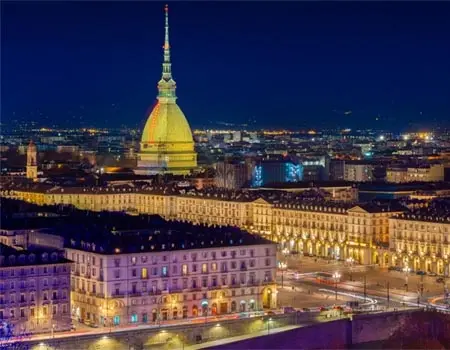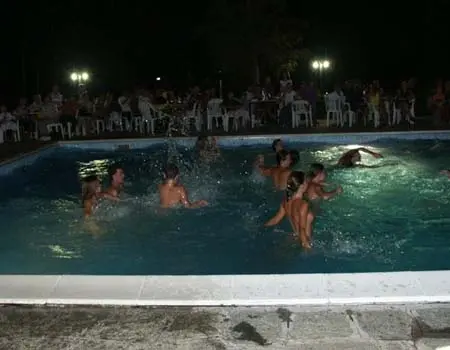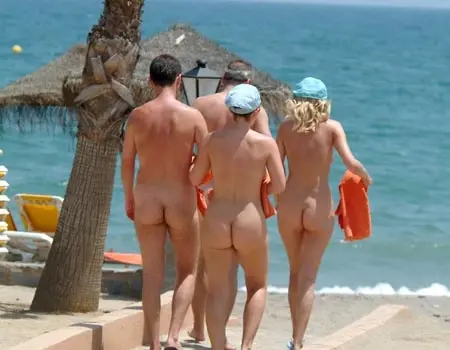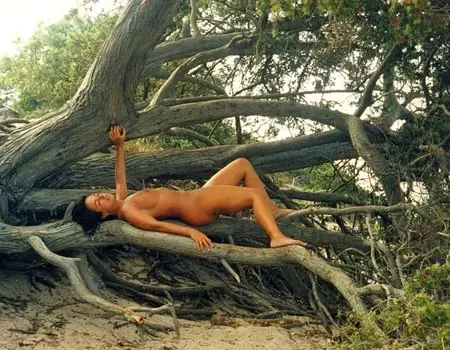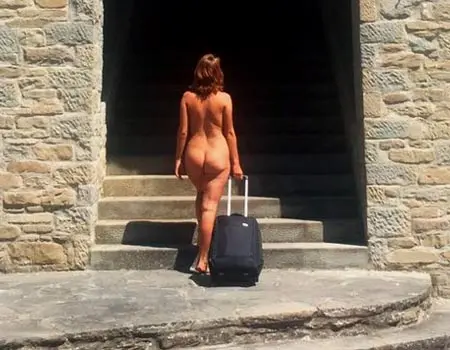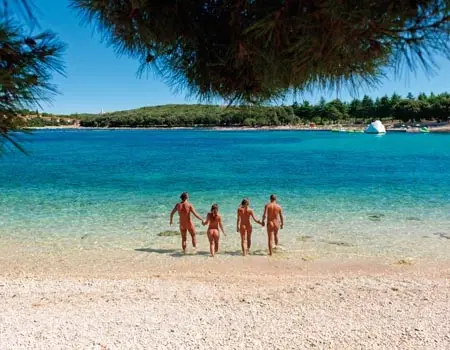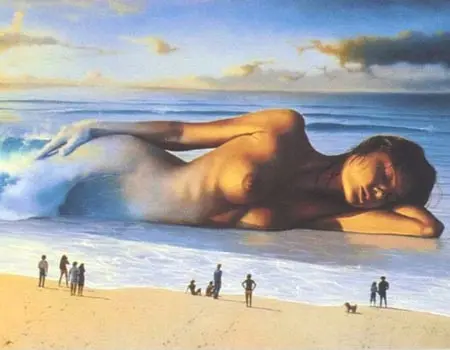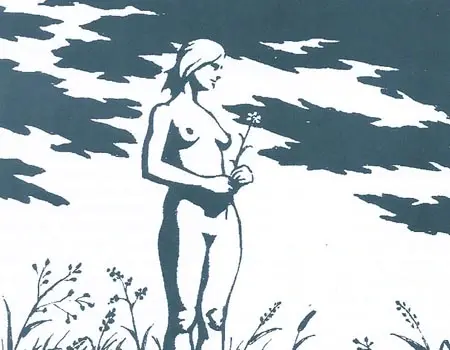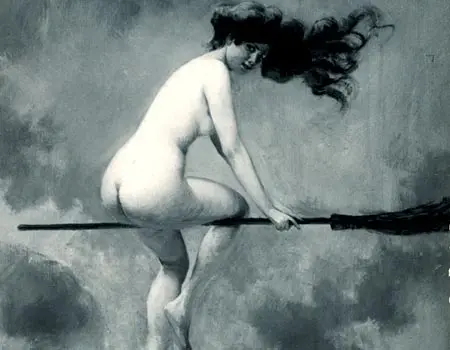History and Culture nearby Turin
- The Basilica of Superga - Read more...
Holidays in Italy - The Basilica of Superga The Basilica of Superga stands on the Superga Hill to the east of Turin.
The church was built at the behest of King Vittorio Amedeo II of Savoy in gratitude to the Virgin Mary after defeat over the French during the siege of Turin in 1706.
The project was designed by the architect from Messina, Filippo Juvarra, and dates back to 1711.
The chapel on the on the hilltop can be reached by road or by the tramway Sassi-Superga. The history of the Basilica dates back to 2 September 1706, when the Duke of Savoy, Vittorio Amedeo II, and the Prince of Carignano, Eugenio of Savoy, climbed the hill to watch Turin as it was being besieged by the French-Spanish army. Vittorio Amedeo fell to his knees before an old pillar and vowed that if Turin won the war, he would build a monument to the Virgin Mary.
And that is what happened: the French and Piedmontese armies clashed on the fields near Lucento and Madonna di Campagna (in Turin) from dawn to early afternoon of September 7 and the latter took the victory. After the battle, while the war against Louis XIV (the Spanish War of Succession) was still in progress, Vittorio Amedeo, later crowned King of the Reign of Sicily, kept his promise and commissioned Juvarra to design the edifice in 1711.
Construction of the future basilica started in 1717 and took 14 years. For the entire duration of the construction, the hilltop was accessible (standing at 658 meters of ltitude, the second-highest of Piedmont) only by means of a treacherous stony path and all the building materials were carried up on the back of a donkey.
On 1 November 1731, in the attendance of the King Carlo Emanuele III of Savoy, the temple was inaugurated with a solemn ceremony.
In the year 1800 (the seventh year of the Republic) a suggestion was put forward to convert the Basilica into a "Temple of Gratitude". The tombs of the Savoy family buried there risked being transferred elsewhere to leave room for the ashes of the Piedmontese soldiers who fell alongside the Jacobins… but it never happened. In 1884 a funicular was built on the Agudio line connecting the Superga hilltop (a few hundred meters from the Basilica) to the Sassi quarter of Turin.
The line was approximately 3.1 km long and was electrified and transformed into a rack railway in 1934. The line is still functioning with the locomotives of 1934 and the wagons of 1884.
An airplane crashed into the rear part of the Basilica complex on 4 May 1949 flying from Lisbon with the "Grande" Torino soccer team onboard;
the accident killed the whole team along with the technicians, journalists and flight crew.
The walls partially destroyed by the impact can still be seen because it was decided not to rebuild them.
Today this tragic event is commemorated in a museum inside and a plaque at the back of the building, the destination of pilgrimages made by sports fans as well as regular people.
Every 4 May a solemn mass is celebrated in memory of the victims.
Walking up a grand stairway you have access to the pronaos of the Basilica, held up by eight Corinthian columns in the classic style of the Pantheon in Rome; this influence is also seen in the central plan with the dome overhead. The two lovely bell towers rising on the sides of the central body show the influence of Borromini.
The interior has a Greek cross plan decorated by dazzling sculptures created by the brothers Filippo and Ignazio Collino. Some members of the House of Savoy were buried in Superga at the behest of Vittorio Amedeo III. Their remains are kept in a crypt underground that is richly decorated and can be visited presently.
There you will find the coffin of Vittorio Amedeo II and at the other side of the hall that of Carlo Emanuele (father and son always in conflict with each other). Carlo Alberto of Savoy and Vittorio Emanuele I are also buried there. A plaque commemorates Carlo Felice of Savoy who preferred to be buried at Hautecombe.
Superga is the only place in the world that has a collection of canvas portraits of all of the popes of history. From Saint Peter onward, the hall where they are exhibited, though still being restored, shows them in a non-chronological order along all the walls. In the royal apartments of the same Basilica you will also find the portraits of the anti-popes, among which Antipope Felice V, up to the century of Amedeo VIII. Outside the Superga Chapel, on the square to the right of the church, is a monument dedicated to the memory of King Umberto I of Savoy who was assassinated in 1900.
This monument was commissioned by his son Vittorio Amedeo III of Savoy in 1902 to the Milanese sculptor Tancredi Pozzi. It consists of a granite Corinthian column with a bronze capital on where an eagle is perched. It is pierced by an arrow, with a clear allegorical reference to the death of the sovereign.
At the base of the column is the statue of a Celtic warrior who symbolizes the city of Turin, with one hand pointing towards the sky and the other hand holding his sword pointed at a Savoy shield. - The Stupinigi Hunting Lodge - Read more...
In the Middle Ages this expanse of land was referred to as Suppunicum [1]. It had a small castle - still standing to the east of the Hunting Lodge - that defended the town of Moncalieri.
The estate was owned by the Savoia-Acaia family, the younger son’s branch of the dynasty, but it became a possession of Amadeus VIII of Savoy when the last of the Acaia family line died in 1418. Amadeus VIII bequeathed it to a Marquis of the Pallavicino family of Zobello in 1439.
However it was returned to the Savoy family when Duke Emmanuel Philibert reclaimed ownership in 1564. Then, by order of the same duke, the castle and surrounding lands were left to the Mauritian order. Since the Gran Maestro of that order was also the head of the House of Savoy, he directly managed the Stupinigi estate.
Over the years the land surrounding the castle became the ideal place for the dukes’ hunting expeditions. Victor Amadeus II of Savoy longed to transform the complex into a Hunting Lodge that would be worthy of the new royal figure. In April 1729 he commissioned Filippo Juvarra to design and execute the project. However it was under the reign of Charles III of Savoy that the Hunting Lodge was completed and in 1731 it was inaugurated with the first hunting expedition.
The construction was expanded during the reigns of Charles III of Savoy and Victor Amadeus III with the contribution of other architects, amongst whom Prunotto, Bo and Alfieri. In 1740 two more wings were added to accommodate the stables and garage for the farm equipment.
Even Napoleon stayed there (from 5 - 16 May 1805) before proceeding to Milan to assume the crown (Corona Ferrea). There he met and spoke with the major political figures of Turin; he received the mayor, the magistrates and the clergy, the latter led by Cardinal Buronzo.
It is said that the cardinal argued with Napoleon and was severely reproached by him for his correspondence with Charles Emmanuel IV of Savoy. As a result Buronzo was replaced by the Bishop of Acqui Terme, monsignor Della Torre. In 1832 the Hunting Lodge became once again the property of the royal family.
It was transferred to the public domain in 1919 and then returned, with the surrounding properties, to the Mauritian order in 1925. In the 1800s it became the home of a male elephant from India who lived there for several years. Charles Felix had received the animal as a gift. He named it Fritz and it elephant became famous; but after a few years it went crazy and started destroying everything in sight. Some signs of this frenzy can still be seen on the wooden parts of the palace. Consequently, Fritz was killed and donated to the Zoological Museum of the University of Turin. Currently he is on exhibit at the Regional Museum of Natural Sciences of Turin.
Since 1919 the Stupinigi Hunting Lodge has housed a Museum of Art and Furniture that has many pieces from the various Savoy residences as well as others pieces belonging to the pre-unified Italian courts, such as the Bourbons of Parma and their ducal palace of Colorno. Periodically the Hunting Lodge holds world-class art exhibitions but currently it is closed for renovation work. The plan has four arms making a St. Andrew’s cross. The garden is gorgeous and enthralls visitors along the avenue that leads to the Hunting Lodge.
When arriving from Turin you can see farmhouses and stables standing on either side of the avenue. The central part consists of a large hall on an oval plan with four arms extending to form a St. Andrew’s Cross. These arms house the Royal Chambers and the guest rooms.
The center of the construction is a large oval-shaped hall with a double high ceiling having concave-convex balconies. These are towered over by the statue of the "Deer", the work of Francesco Ladatte. When Juvarra left Turin to go to Madrid, Prince Charles Emmanuelle appointed Giovanni Tommaso Prunotto to direct the works.
The latter expanded the Hunting Lodge according to the sketches left by the Messina architect in order to leave intact the complex plays of light and forms so dear to his predecessor. As a result many artists were called to the court to work in the “Royal Shop” ("Real Fabrica") decorating the new spaces.
The interior is Italian rococo made with precious materials such as lacquer, porcelain, gilded stucco, mirrors and briarwood. Today the total surface area is 31,000 m², approximately 14,000 m² of which are occupied by outbuildings, 15,000 m² by the park and 3800 by exterior flowerbeds; it has a total of 137 rooms and 17 galleries.
The palace extends to the back to encompass a vast octagonal courtyard surrounded by the servant quarters. Among the extremely precious pieces of furniture made for the Hunting Lodge, the most noteworthy are the creations of master carvers Giuseppe Maria Bonzanigo, Pietro Piffetti and Luigi Prinotto. The building conserves decorations by Venetian painters Giuseppe and Domenico Valeriani, Gaetano Perego, and Viennese painter Christan Wehrlin.
The frescoes by Victor Amadeus Cignaroli, Gian Battista Crosato and Carlo Andrea Van Loo are also remarkable. The large hall, which stands in the very center of the Hunting Lodge, was the first of Juvarra’s ideas to reach completion. In fact it was already done in 1730 and on 10 February 1731 the King had the brothers Giuseppe and Domenico Valeriani paint a large fresco on the vault depicting the Triumph of Diana, the Hunting Goddess. Work on the frescoes began on 8 March of the same year and were completed in 1733.
It is thought that Juvarra insisted the brothers maintain the pattern of squares to preserve his complex overall design. This hypothesis would seem to be substantiated by the trompe l’oeil on the vault, which is in the Juvarrian style. After Juvarra’s death, the Messina artist’s idea of putting groups of large sculptures of dogs and deer near the tall windows of the Main Hall was never realized. However, the project commissioned to Giuseppe Marocco did become reality.
The latter created 36 wooden lampshades with deer heads that flaunt their magnificence along the walls of the Main Hall; the gilded woodcarvings of the balustrade date back to the same period. The four marble busts above the four entrances to the main hall were sculpted after 1772 by Giovanni Battista Bernero.
The Queen’s Antechamber was frescoed between 1733 and 1734 by the painter Giovanni Battista Crosato, who at that time was also working on the Treasury (Tesoriera). It is one of the four rooms connected to the Main Hall of the Hunting Lodge. From 1738 to 1739 the frescoes were expanded by the new works of painter Francesco Casoli; among the other artists who worked on the Hall was Giuseppe Maria Bonzanigo, who started rearranging it in Louis XVI style in 1786.
This antechamber has four oval-shaped canvasses portraying the princesses of the House of Savoy painted by an anonymous artist. Among the portraits we find one of Maria Giovanna Battista di Savoia-Nemours and one of Maria Cristina of Bourbon-France. Due to the departure of Filippo Juvarra who had gone to the Spanish court, the king's antechamber remained incomplete until 1737. At that time the work supervision, and that of the other wings of the Hunting Lodge, was commissioned to Giovanni Tommaso Prunotto.
He succeeded the Messina architect in the Stupinigi "works" (‘fabrica’). The frescoes were commissioned to Michele Antonio Milocco, under the direct supervision of Claudio Francesco Beaumont. The furniture in the Hall is in the styles of Louis XV and Louis XVI; especially precious are the "overdoors" (or supraporte) and their decorations, with canvases by Pietro Domenico Olivero.
Like the above-mentioned antechambers, the Equerries’ Hall (Sala degli Scudieri) was also connected to the Main Hall of the Hunting Lodge, and it was one of the first rooms in the lodge to be frescoed (1733).
On the contrary, the doors and painted overdoors date back only as far as 1778, when Victor Amadeus Cignaroli completed the complex; they depict hunting scenes from around the Savoy residences, perhaps inspired by the first cycle of imaginary hunting trips by the Flemish painter Jean Miel. Up until 1767 called Sala delli buffetti (The Buffet Hall), this room was rechristened with the same name when it was used as a chapel dedicated to St. Hubert (Sant'Uberto); in actuality it was an ante-chapel to the religious area built behind the main wall. The Buffet Hall was transformed by Igrazio Birago, Giacomo Borri, Ignazio Nipote and Gaetano Perego, who decorated the ceiling and supervised the stuccowork.
This hall became famous for its Cabinet, which served as a bookcase and desk. It was built by by Bonzanigo who is still associated with the hall to this day. The hall was the site of works by other artists too, among whom Giovanni Battista Alberoni, who painted the ceiling fresco (1753), and Pietro Domenico Olivero who decorated the supraporte between 1749 and 1753.
The neoclassical furnishings provide a contrast to the baroque decorations. Among the furnishings is a large mirror by Bonzanigo having an oval portrait set inside. This artist from Asti also made the frame for the portrait of Giuseppe Placido di Savoia, the Count of Moriana.
The room which is today referred to as the "Portrait Gallery" was once used for the horse stables. The lateral walls display a sequence of 54 canvases portraying the members of the reigning house. The hall was designed by Juvarra and executed by Benedetto Alfieri. The complex stands in a huge geometrical garden with a continuous succession of flowerbeds and pathways.
The surrounding park, delimited by a boundary wall and intersected by long pathways, was designed by French gardener Michael Benard in 1740. The Stupinigi Natural Park was instituted in 1992 and covers nearly 1700 hectares with a fair diversity of fauna. Interesting facts The outdoor areas of the Stupinigi Hunting Lodge held all the competitions of the 27th edition of Games without Borders (1996). In February 2004 twenty-seven objects were stolen from the museum, among which masterpieces by Piffetti, Bonzanigo and Prinotto, and four paintings (total value of €40 million).
Fortunately all the pieces were found in good condition on 26 November 2005 in a field near Villastellone. The Hunting Lodge has also been the location for shooting some of the scenes of the Mediaset television series "Elisa di Rivombrosa", "Elisa di Rivombrosa-part two" and "Elisa di Rivombrosapart three".

